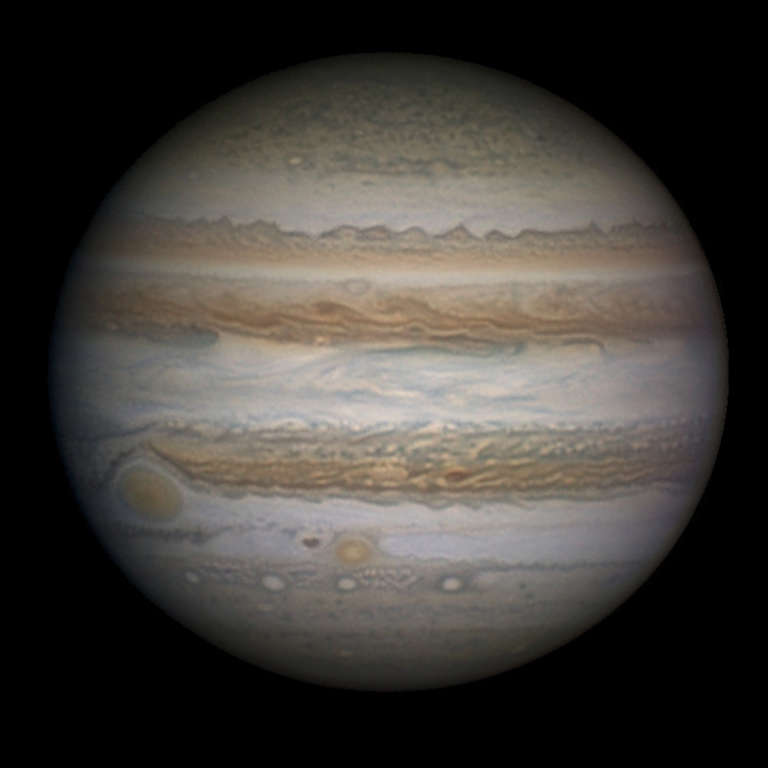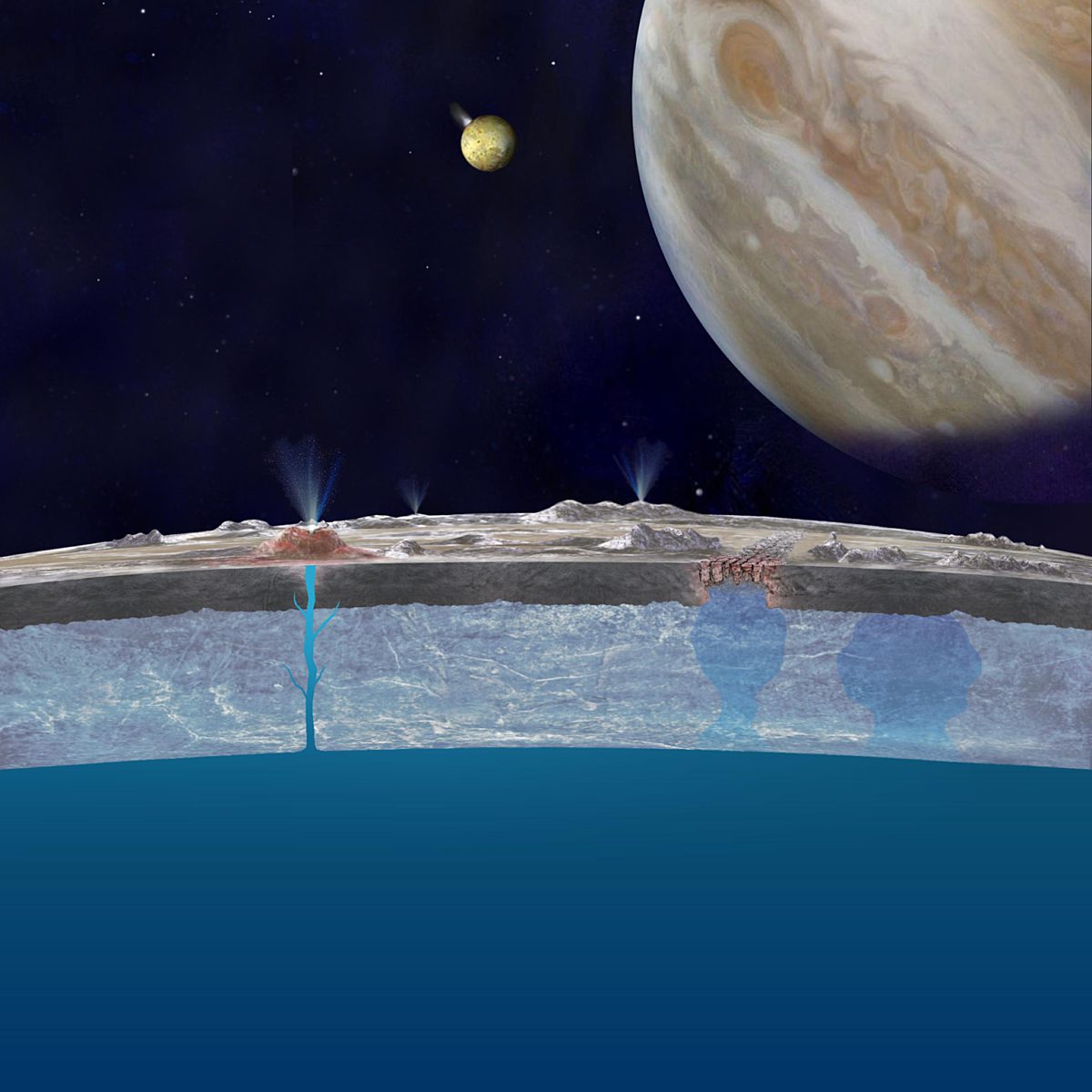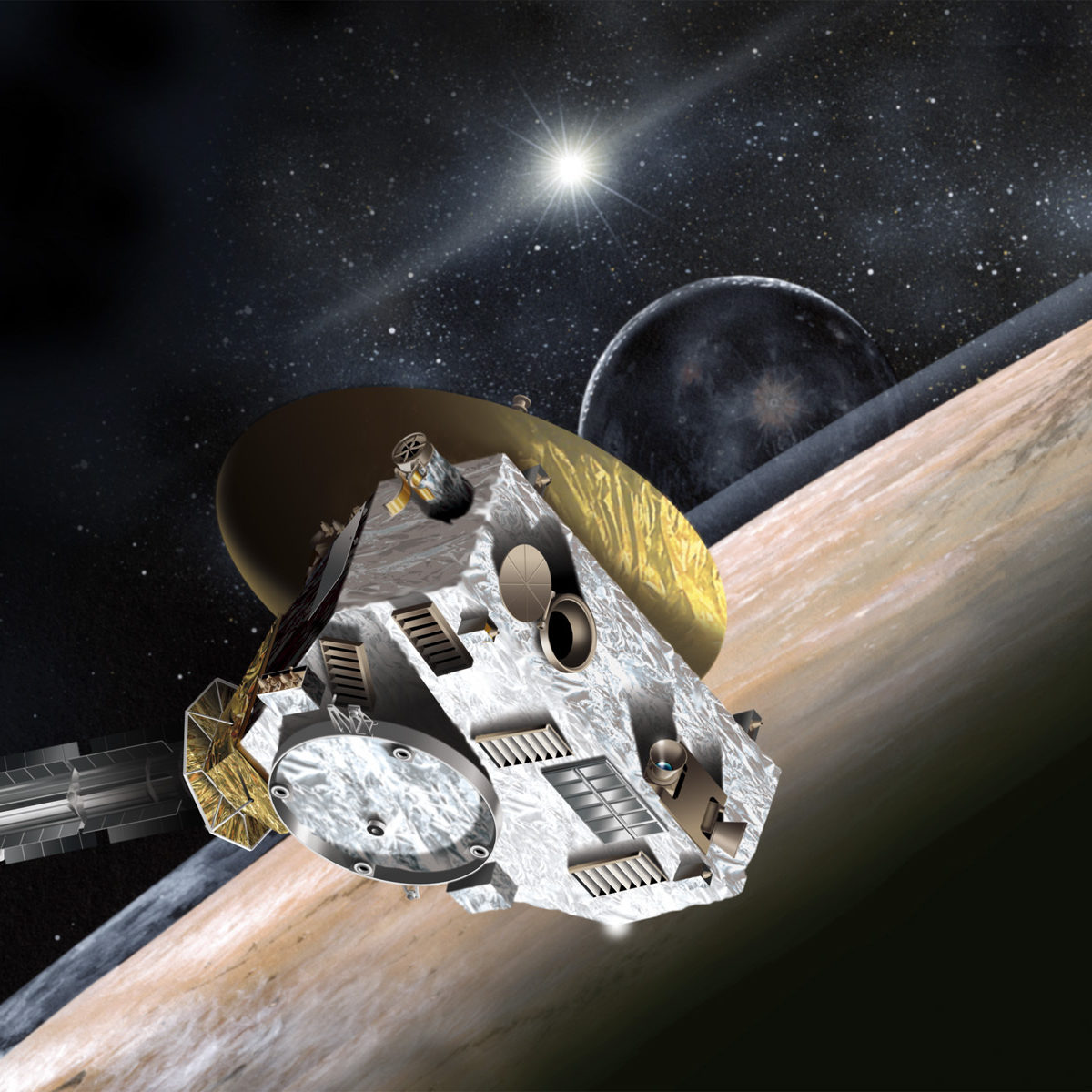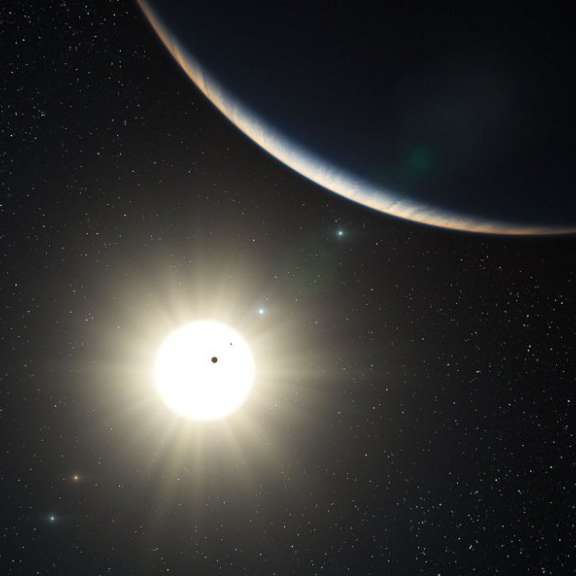All
All
Stories, updates, insights, and original analysis from The Planetary Society.
Comet ISON lives on! (we think...)
For several weeks now, ground-based observers have been blind to Comet ISON as our local star was sitting directly between us and the comet. I am delighted to share two pieces of good news: first, that ISON is still alive and well, and secondly that it has been recovered.
The Peak of Discovery
This week's Planetary Radio goes on tour at the Mount Wilson Observatory with descendants of its founder.
Astronomy Enters a New Era
A live conversation about just a few of the powerful new instruments that will revolutionize our knowledge of the cosmos once again.
Checking in on Jupiter
We don't have any spacecraft at Jupiter right now, which is a pity. Until we do, we have to rely upon Earth-based astronomers to monitor the changing face of the largest planet.
Sea Salt
Ever wonder what it would taste like if you could lick the icy surface of Jupiter’s Europa? The answer may be that it would taste a lot like that last mouthful of water that you accidentally drank when you were swimming at the beach on your last vacation.
Planetary Society Weekly Hangout: Studying Asteroids from Earth with Andy Rivkin
Emily Lakdawalla's guest this week was Applied Physics Laboratory asteroid astronomer Andy Rivkin. We talked about the menagerie of rocks in the asteroid belt, how many of them travel in pairs and triples, how some of them are surprisingly wet, and how much you can learn about asteroids using Earth-based telescopes.
Observing 2012 DA14
Mostly the Universe stays unchanged for hundreds, thousands or even millions of years. There are some cases however when some things change really rapidly. Recently I observed one of these rapidly changing, transient phenomena, as asteroid called 2012 DA14. I work for Las Cumbres Observatory and we have been trying to observe this asteroid since 5 February.
Stars, and stars, and stars: pretty pictures from the European Southern Observatory
My solar system chauvinism is well-established, but I am as much a sucker for beautiful astrophotos as the rest of you. Once in a while I get a media advisory from the European Southern Observatory about a new pretty picture posted on their website, and then I inevitably lose an hour following links to one stunner after another.
The Astronomy Budget Squeeze
It's not just the Planetary Sciences division within NASA that's under harsh budgetary times. The NSF Division of Astronomical Sciences is facing a choice between funding scientists and funding telescopes. A report from the 221st AAS meeting in Long Beach.
DPS 2012: Double occultation by Pluto and Charon
A few talks at last week's Division for Planetary Sciences meeting discussed observations of a double occultation -- both Pluto and Charon passing in front of the same star.
DPS 2012: Future impact risks
Continuing my writeup of notes from last week's Division for Planetary Sciences meeting: presentations on the risks of future asteroid impacts. How much risk do we face, and what are the appropriate actions to take in the face of that risk?
DPS 2012: The most detailed images of Uranus' atmosphere ever
New ground-based images of Uranus show more finely detailed structure than any photos I have ever seen.
Following up the dark spot on Uranus
It was a surprise and delight to have our Icarus paper highlighted in Emily Lakdawalla's blog. Thanks for highlighting Uranus, since it has gotten, ahem, a bum rap over the years. Here's more about our discovery of the dark spot on Uranus.
Optical SETI Gets a Major Upgrade
The Planetary Society Optical SETI Telescope in Harvard, Massachusetts just got a major upgrade of its electronics.
Virtual Star Parties
Hang out with Fraser Cain and amateur astronomers all over the world in Cosmoquest's Virtual Star parties conducted over Google+. Here's how -- plus an inspiring video produced by Google to show just how cool this is.
Artist's views of a night sky transformed by a galaxy merger
A measurement of the Andromeda galaxy's proper motion shows it's coming directly at us, and will collide with the Milky Way in 4 billion years. The event will transform the appearance of our night sky.
A possible nine-planet system
Someone on Twitter pointed me to a paper recently posted to ArXiv titled
Checking up on Jupiter and Saturn
It's amateur astronomers, not professionals, who are shouldering the burden of constant monitoring of the weather on Jupiter and Saturn. What's going on these days in the outer solar system?
Eris and embargoes (or: don't fear Ingelfinger!)
Last Tuesday at the Division of Planetary Sciences meeting Bruno Sicardy presented the results of his research group's observations of a stellar occultation by Eris.
Comet Garradd in 3D (sort of)
Amateur astronomer Patrick Wiggins sent me this neat little animation of comet Garradd moving against background stars through an hour's worth of observing. I'm not any kind of astronomer but if I were I think I would get a kick out of looking at things that appear to move within one night of watching -- asteroids, comets, Jupiter's spots. I'm impatient that way.


 Explore Worlds
Explore Worlds Find Life
Find Life Defend Earth
Defend Earth


 Sun
Sun Mercury
Mercury Venus
Venus Earth
Earth Mars
Mars Jupiter
Jupiter Saturn
Saturn Uranus
Uranus Neptune
Neptune Small Bodies
Small Bodies















